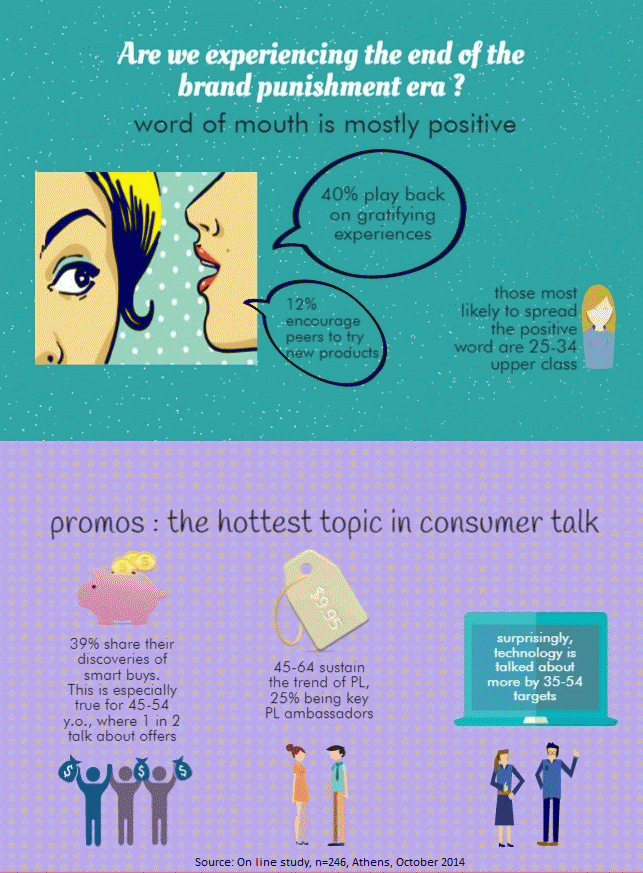By Vassilis Moustakoudis
Τhe most insightful learning in this first year of the research hive life, is the importance of transforming theory into action, daring to move forward, even when conditions are not always favorable or the outcome always guaranteed. Because this is the only way to attribute value to an idea or a plan, to understand how far this idea can go;
by testing it in real life conditions and fine tuning it in the process of development.
The idea of developing our own software, a platform that would satisfy the imperative need of communicating with our respondents in real time and in a much more natural for them environment, was at the beginning a challenging undertaking. But, we felt that it was worth taking the risk.
After numerous meetings, revisions and trials with our technical partners, our platform, hive live, was ready to host the most intuitive discussions with our consumers on a 24/7 basis. We experienced firsthand, along with our clients, the merits of turning consumers into protagonists, letting them take the lead and revealing aspects of their lives that we would not have encountered any other way.
But this was only the beginning, as this experience gave birth to new plans. The idea of overcoming the space barrier & reducing the costs of conventional CATI was our next challenge. Bringing to life an on line CATI, based on our software, would allow clients to have access both to the interviewing process & feedback reports at any time, throughout the project lifespan. Tel hive was conceived at that very moment.
Making our clients partakers of the research procedure was the vision behind hive on air service. Our clients would be able to watch the discussions with their consumers on line and interact with the moderator, at the comfort of their office, via the hive live platform.
Today, 1 year later, we feel really happy that we did not listen to the “voice of reason”. And this has become our philosophy. If you believe strongly in an idea, dare to implement it and this may become the beginning of an exciting journey.






